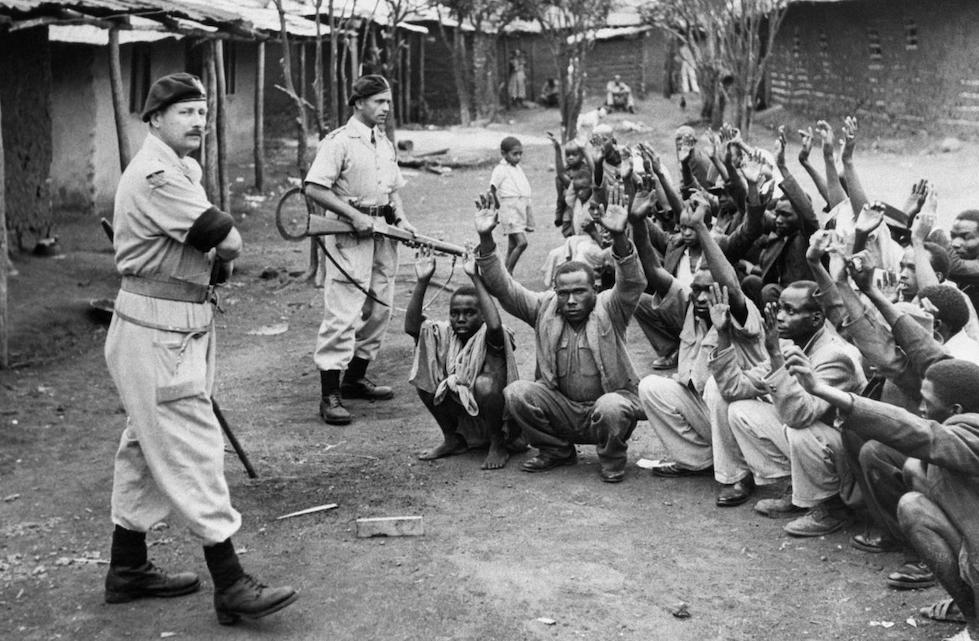
Part of the indelible part of Kenya’s struggle for independence is the undignified and humiliating detention camps from which the British meted untold suffering on freedom fighters. They are estimated to have been more than 100 detention camps, with varying degrees of enforcement, rules and purposes.
Although much has been written and talked about in this phase of the struggle, there is still so much more that has either been deliberately left out or never revealed in the manner it should.
The African Digital Heritage Project is an organization making great efforts to use technology in preserving and sharing African heritage. The organization is using technology to digitally reconstruct and curate an exhibition that tells the story of Mau Mau detention camps in the early 1950s.
Chao Tayiana, the founder of the African Digital Heritage Project (ADHP) underscores the use of visual imagery in recreating things as they might have been.
“Visual language and imagery is very powerful in informing our understanding of the past but also helping us get a sense of where things are located in time and physically,” Tayana told online magazine Quartz. “So [the ADHP] asks how this data can be communicated in multiple ways, through multiple mediums to audiences across the board.”
In tracing the detention camps, extensive research that includes oral and written testimonials, existing plans and 3D scans and existing remains from the campsites are used in an attempt to get the real picture.
“The biggest knowledge gap regarding that period is really around the human experience,” says Tayiana. “We are aware of the camps, we’re aware they existed, but we don’t really know much about what took place. The human experience is very abstracted from the nationalist story of how the Mau Mau fought and they got independence.”
A digital collection of such critical history will certainly go a long way in preserving the facts that might be permanently erased. However, as Tayana notes, it’s a painstaking process that requires immense resources to implement. The project also faces the danger of distortion, particularly because there are not so many Mau Mau veterans left to tell first-hand experiences of the detention camps.
Follow us on Telegram, Twitter, and Facebook, or subscribe to our weekly newsletter to ensure you don’t miss out on any future updates. Send tips to info@techtrendske.co.ke


